From busy street markets to temples, every second of every day I spent in Bangkok and Isan was jam-packed with rich culture, delicious food and spectacular experiences. Here’s how I made the most of city life in Bangkok and nature in Isan.
Bangkok
Starting my trip off strong, I stayed at the Salil Riverside Bangkok, a 5* hotel located in the heart of the city. The rooms were spacious and modern, and there were plenty of amenities available on site, over 10 cafes and restaurants, a large pool, an aqua therapy room and an expansive spa. The hotel in itself was kid friendly, with a dedicated fun zone available.
In the hour I had before dinner, I treated myself to a traditional Thai massage at the spa, an experience which set the tone for the rest of the trip: laid back. After the spa, I headed for dinner at NAVA, a restaurant available on site, which served authentic Thai cuisine in a luxurious setting. The food was delicious and exactly what I needed to fuel my trip!


The comfort of the hotel prepared me perfectly for the following morning, where I set out on a tour of Bangkok’s coffee culture and street art, walking through Chinatown’s bustling streets. The atmosphere was an experience in itself, weaving through crowds and enjoying unique treats from stalls.
After spending the morning exploring, I had lunch at a neighborhood eatery that the Michelin Guide had suggested, where we were able to try a range of regional street dishes, from sweet to savory to everything in between. Getting to try these regional dishes really shaped my experience in Thailand, as the people at the neighborhood eatery were extremely kind and welcoming, and their food delicious and unique.
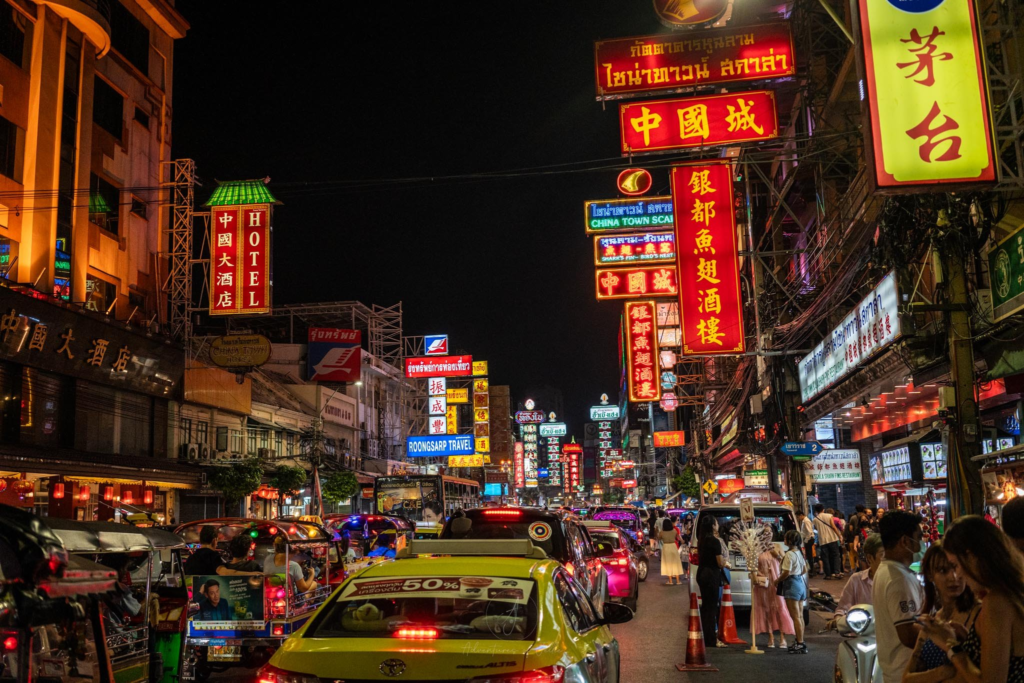
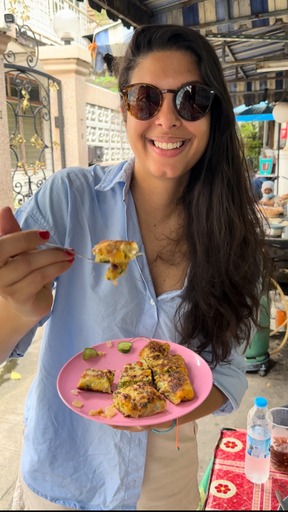
After a day full of walking, The Lebua Rooftop Restaurant, which made an appearance in the film “The Hangover,” provided an amazing dining experience. With two Michelin stars, the eatery provided amazing meals and fantastic views, with their Sky Bar over 820 feet in the sky. The cocktails were prepared by mixologists that knew how to put a special twist on things, and the food available was simply showstopping.

Korat
Nakhon Ratchasima, known locally as ‘Korat’, is the gateway to Thailand’s Northeast. It’s a place where many local Thai’s go to get back to nature. Korat is in the Isan region, which is a somewhat underrated Thai destination for tourists, making it perfect for those who want to travel slightly off the beaten path, but enjoy the luxuries of sprawling resorts, beautiful national parks and an exotic escape.
I left for Korat rejuvenated and ready to make the the four-hour trip there with a coffee break en route. I arrived just in time for lunch, and ate at Khanom Jeen Pradok Ban Kru Yod which is another Michelin Guide gem, ran by a former music teacher who is an artist of many stripes. Artisanal souvenirs and musical instruments were on display at the entrance of this newly renovated shop, and their signature meal is a kanom jeen set with a choice of a range of curries. Chicken wing lovers would find this to be heaven! If Kru Yod has time away from the kitchen, you may also be treated to a rendition on one of his homemade instruments….

After a morning of travel and a hearty lunch, I spent the afternoon discovering the street art and neighborhood galleries in Korat before checking into Centara Korat, a hotel placed right in the centre of the community, where all needs and whims are just a walk away. The hotel had a contemporary rooftop pool which was the ideal place to relax and unwind, as well as a Sky Garden, fantastic fitness centre and many signature restaurants serving a range of local flavours and international cuisines.
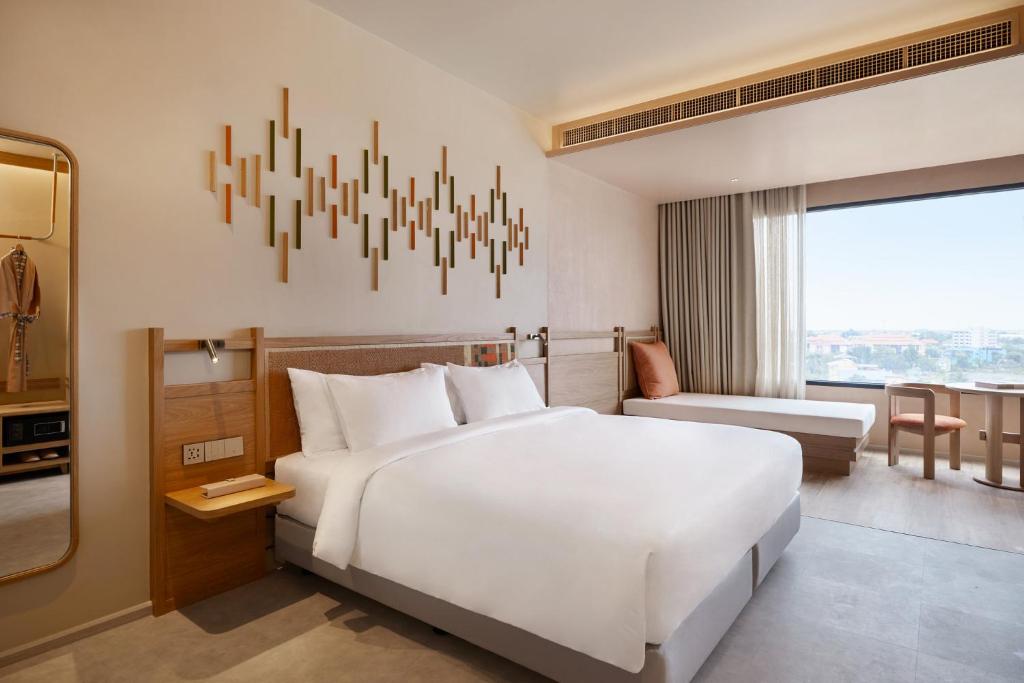

Dinner was at the vibrant Wat Boon night market, where I tried a range of local foods, including unique fruits and even insects. A highlight was visiting Khanom Ochin, a Michelin Bib Gourmand street food stall, where I had the pleasure of talking with the family who runs it.
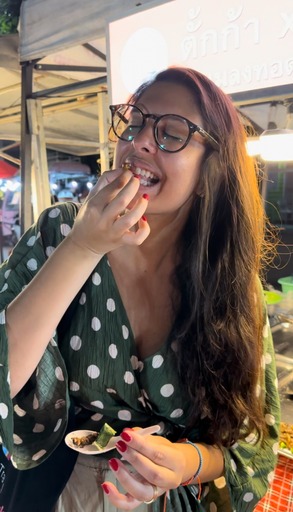

The next day, I visited the Phimai Historical Park, which has one of the country’s most significant and well-preserved Khmer temples, the Phimai Khmer temple. Not only was it huge, it was intricately detailed and the grounds well maintained.
Inside the temple, I explored its museum and gallery that houses a collection of religious artifacts, artwork, and exhibits on Buddhist teachings and Thai culture. I also made a stop at the Khao Yai Art Museum, a private museum of Mr. Pongchai Chindasuk, a business owner. The museum is a collection of art collections that Pongchai collected, and there were hundreds of paintings by hundreds of international artists, including many sculptures to be seen – a true haven for art lovers!


Isan offered a shift away from the traditional busyness of Bangkok, and I enjoyed immersing myself in different experiences, ones that I knew locals took part in. I felt like I was getting an authentic Thai experience, off the beaten track.
Lunch was at Penlaos, another Michelin Bib Gourmand restaurant, that offered a fabulous dining experience (when it comes to Thai cuisine, it seems as though amazing dining experiences are the norm!). Penlaos started over a decade ago as a street stall. Today, it’s an altogether different operation offering a quality menu in a building with high ceilings surrounded by lush gardens and views of the mountains. Penlaos is a must-add to any travel list!

Luxurious Stay at Khao Yai
Before dinner, I checked into my accommodation for the next two nights, the Intercontinental Khao Yai, where I stayed in one of the unique Heritage Railcar Suites, one of 12 pioneering units created from upcycled train carriages. These historic pieces rolled along the rails in North East Thailand more than a century ago.
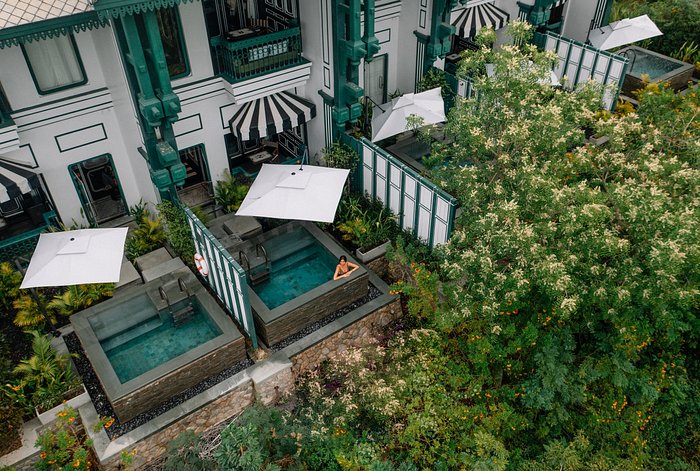
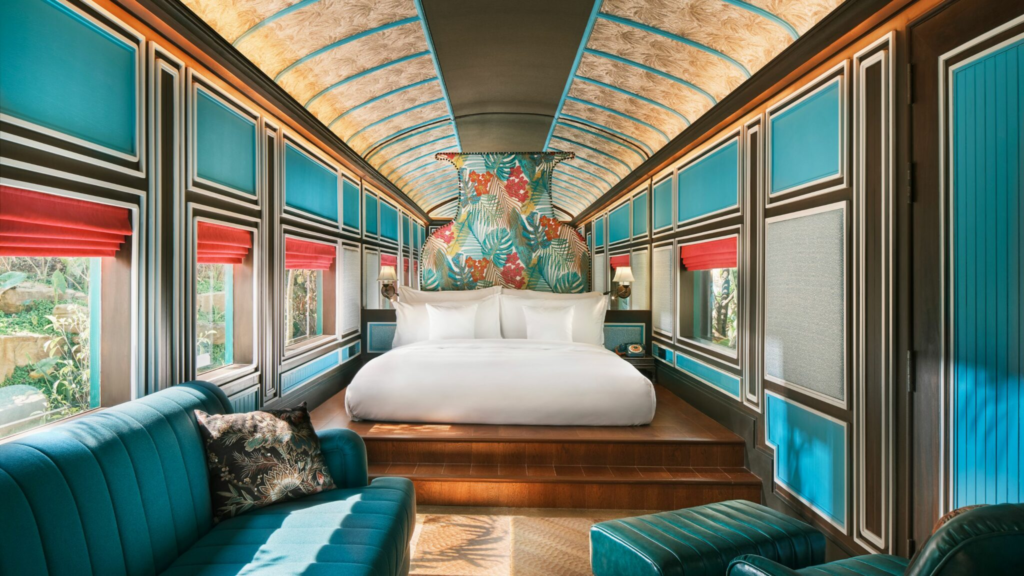
The experience at this hotel was truly remarkable, as the resort is set in a slice of paradise. It is nestled on a lush tropical landscape of numerous lakes and trees on the cusp of a national park and UNESCO World Heritage Site, making it the perfect place to recharge and truly feel the beauty of Korat. At the hotel, I also took part in a naturalist tour and explored their organic farm.
One of the highlights was the incredible massage I received at their spa, the overall stay had stellar service and ultimate comfort thanks to the amenities available on site!
Dinner at Somying’s Kitchen was another highlight, featuring an extraordinary menu that showcased the finest locally sourced ingredients. The innovative dishes offered a genuine taste of Khao Yai’s flavors.

Vineyard Hopping in Khao Yai
My final day was spent exploring the vineyards of Khao Yai. I visited GranMonte, PB Valley, a uniquely located vineyard in the Asoke Valley, adjacent to the Khao Yai National Park, 160km from Bangkok. Asoke Valley is known in Thailand for its beautiful yellow blossoms special to the region of Khao Yai, and GranMonte has the ideal microclimate for growing high-quality grapes for winemaking in a wet tropical region, which you could really taste through the wine.
After GranMonte, we visited the family-owned, organic vineyard Alcidini, located on hillsides in a village called “the swamp of Alcedo”. The wines here were unique and tasty, and both experiences gave me a good insight into the regions rich winemaking traditions.

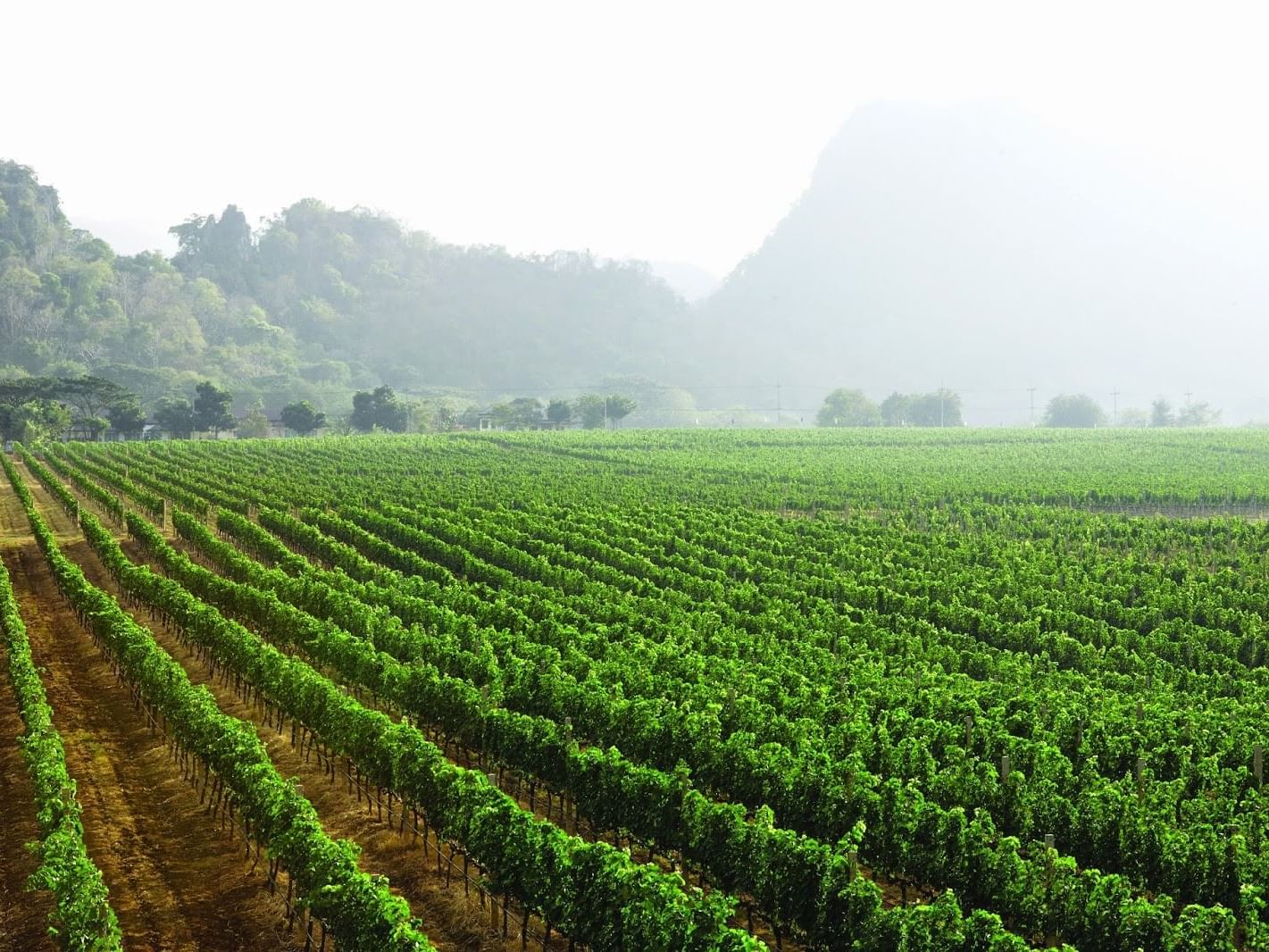
When most people think of Thailand, hit places come into mind. Phuket, Bangkok, life in the big city and stretches of sandy beach. But Isan has it all. Resorts that feel like they’re out of this world, galleries and temples that not only educate but intrigue, and unforgettable food. Isan really does feel like all-in-one destination, where you can sample both city life and a nature escape.
Thank you to Fan Club Thailand for giving me this fantastic opportunity to visit Thailand, a beautiful and diverse country, which lived up to its name of ‘The Land of Smiles’.
